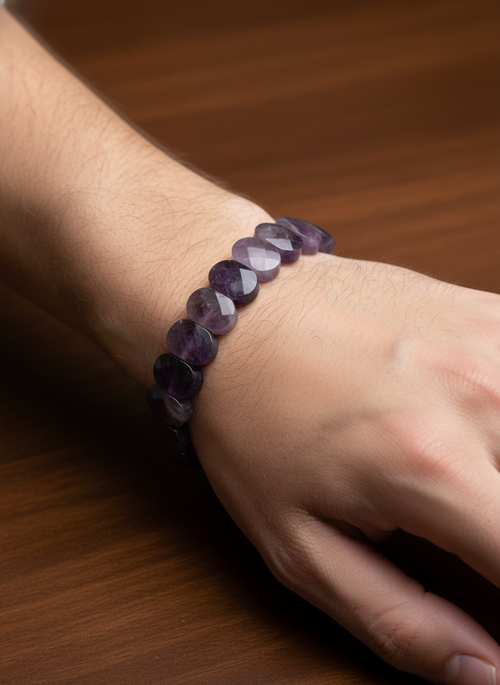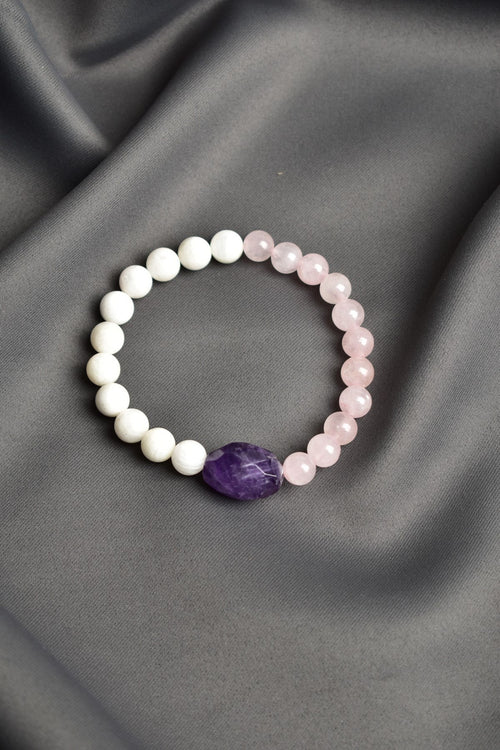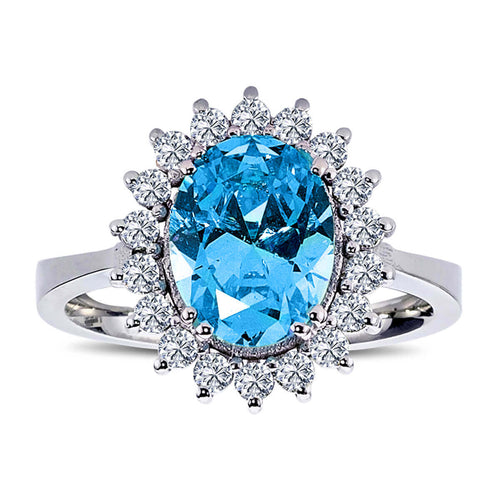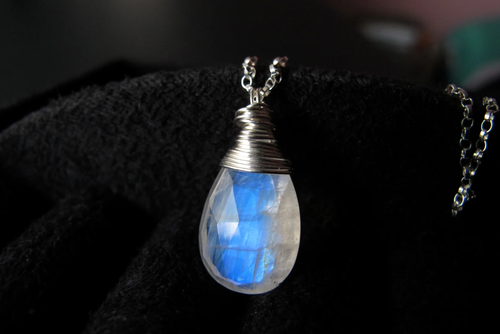ALL PRODUCTS IGSL INTERNATIONAL CERTIFIED
Cutting and shaping natural stones is a process that requires attention and expertise. The methods and techniques used vary depending on the structure of the stone, its hardness and the final product planned. Here are the basic steps on how natural stones are cut and shaped:
1. Selection and Evaluation of Stone
- Quality Control: Evaluation is done to determine if there are cracks, inclusions, and other defects in the stone.
- Cutting Plan: The most efficient cutting plan is prepared depending on the internal structure and natural characteristics of the stone. This plan ensures the best use of the stone and minimum loss.
2. Cutting Methods
Natural stones are generally cut using two main methods: rough cutting and fine cutting.
-
Rough Cutting: This is the first step where large pieces of the stone are removed. Diamond saws or large sawing machines are usually used in this process.
- Diamond Saws: Diamond tipped saws are widely used to cut hard natural stones. Since diamond is the hardest material in nature, it can cut even the hardest stones.
- Disc Saws: Used to cut large and thick pieces of stone. These machines are usually found in quarries and large stone processing plants.
-
Fine Cutting: This is the method used to make smaller and more precise cuts. In this step, the stone is brought to its final shape.
- Diamond Wire Saws: Used to cut stone precisely. Especially preferred when complex shapes or fine details are required.
- Lapidary Saws: Lapidary (jewelry) sawing machines are used to cut and shape small pieces of stone.
3. Shaping (Forming)
After the cutting process, the stone is brought to the desired shape. This stage varies depending on the final use of the stone.
- Cabochon Cut: Used to create oval or round shapes. This cutting method is especially popular with stones such as opal, agate and moonstone.
- Faceted Cut: Flat surfaces (facets) are added to the surface of the stone, thus increasing light reflection. This method is common in precious stones such as diamonds, sapphires and emeralds.
- Carving: It is used to make detailed carvings, especially for large stones. Artistic designs and ornaments are made with this method.
4. Polishing the Stone
After cutting and shaping, the surface of the stone is smoothed and polished. The polishing process brings out the natural shine of the stone and transforms it into the final product.
- Abrasive Discs: Used to smooth the surface of the stone. Fine abrasive discs are the final step to polish the surface of the stone.
- Felt Discs and Polishing Powders: Felt discs are used with polishing powders. These powders are usually abrasive materials such as aluminum oxide or diamond dust.
5. Finishing and Completion
After the final shaping and polishing of the stone, it is ready to be used for jewelry or decorative purposes.
- Mounting: The stone is usually mounted into a piece of jewelry (ring, necklace, bracelet, etc.). This process involves setting the stone into a setting or bezel.
- Quality Control: A final inspection of the stone is done, checking for any flaws on its surface and ensuring that the stone is perfectly polished.
6. Special Techniques
Some stones require special cutting and shaping techniques, such as:
- Diamond Cutting: Diamonds must be cut with great precision to best bring out their optical properties. The techniques used in diamond cutting are highly specialized.
- Laser Cutting: Laser cutting machines are used for delicate and complex designs. This method allows the stone to be shaped with fine details.
Conclusion
Cutting and shaping natural stones is a meticulous process and requires expertise. At every step, the best results are achieved by considering the characteristics of the stone. This process reveals the natural beauty of the stone and makes it ready for use as jewelry or decorative purposes. Cutting and shaping processes are one of the important elements that increase the value of the stone.



























